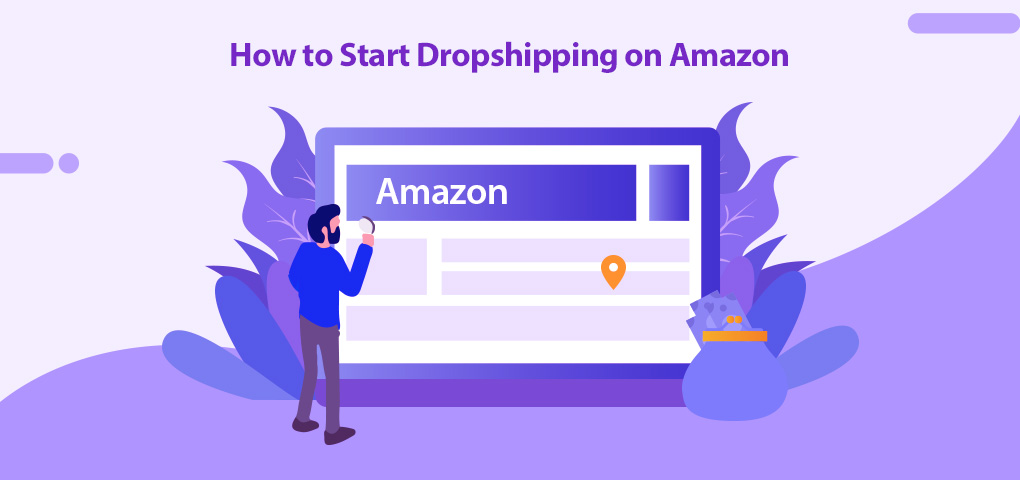If you already have an e-commerce website or a blog, chances are you are already implementing a content strategy. If you are yet to start creating content for your e-commerce business, you are in luck. We have put together a comprehensive guide that will help you create a winning content strategy. If you are already using a strategy, you can get some insights on how to get creative with your content.
What Is Content Marketing?
Content strategy is a continuous process of influencing business goals using content and media as the major driving force. Simply put, content marketing refers to all the processes involved in the conception, development, and management of any media you create for your business. Content can come in text, audio, visual, or audiovisual. With a good content strategy, you will be able to use the media to drive the success of your business.
How to Develop a Content Strategy?
Developing a content strategy is a continuous process. You set your strategy in motion by first deciding what you want to achieve. Create a plan, test-run it, and continue to adjust the strategy based on quality feedback until your results match your goals. Below are the steps to follow.
1. Set your goals
You need to be clear about your goals for developing a content strategy. This will help you decide where to focus - the key result areas. You can start by asking the following questions below:
① Why do I need a content strategy?
② What should my content strategy help me achieve?
③ What will I need to develop and manage the content strategy?
④ How will I measure the effectiveness of the content strategy on the business?
Setting your goals give you a track to run on. It increases the possibility of success for your marketing efforts.
Your target audience will play a major role in the development of the best content strategy for your business. As such, you cannot base your strategy on your preferences. You need to know what type of content attracts your customers the most. You need to research to understand your customers' persona. If you are already running content on your website, you need to be clear if you want to continue targeting the same customers or new ones? The research will help you see what your customers would like to see in your business.
3. Measure the impact of pre-existing contents
If you are already running some content on your website, you should evaluate the content strategy to determine its effectiveness. Check your blog posts, videos, podcasts, and other media used for content marketing. Which ones do your current customers respond to the most? Determine the relative strengths of the various media in terms of customer engagement and conversion. You should be able to see which of the media is more promising than the others.
4. Get a content management system
After careful research about your customers' preferred content style, you develop your content strategy. Here is an effective content strategy example. If you sell gym equipment, you may choose to use a mix of "How to videos" and "pictures" to demonstrate how your pieces of stuff work. You may also decide to use customized animations to keep your brand unique.
Be sure to have a content management system that creates, manages, and analyzes content performance. There a host of content management systems (CMS) you can find online. Make sure to choose the one that best suits your niche.
5. Brainstorm for innovative content ideas
It is advisable to plan your content such that you know exactly what you want to publish over the next few months. This is only possible if you have had previous brainstorming sessions about what content to use over a long period. When seeking new and improved content, you can use results from the analysis of previous content to upgrade subsequent contents. Hubspot's Website Grader is a great tool for evaluating your content performance. It provides feedback on the important aspects of your content so you can optimize them.
6. Determine the choice of contents to use
Different content formats can work best for different businesses. In DIY niches, video formats are encouraged. Other content formats you can choose from include podcasts, blog posts, infographics, ebooks, and many others. You can choose one or combine more to help you get creative with the contents. You can also study your market to find new trends in content marketing formats that you can adopt.
7. Publish and manage the contents
This is where all the processes count - implementation. There is no guarantee that you will instantly get super results as soon as you begin to implement your digital content strategy. However, you will position your business on the path that eventually leads to increased visibility, patronage, and profitability. While managing your content there will be a need to incorporate new ideas. Make sure your strategy can adapt to new realities in the market.
Different Kinds of Content Marketing
When you look to take full control of your content marketing, there are many types of content you may employ. The major ones are listed below.
1. Blog posts
This content you are reading is a blog post. Blog posts keep a website lively and functional. It sustains the interest of your loyal customers and attracts new ones. You should choose blog topics that are relevant to your business and appeal to your customers. Decide how long the posts should be. A minimum of 1000 words is ideal for most businesses. Extremely long reads may bore your audience unless the content is super engaging.
2. Ebooks
Ebooks serve multiple purposes. Relevant previous blog posts can be creatively combined to make an ebook. Most websites ask visitors for their emails before they can access the ebook. As such, the ebooks are used for lead generation. You can embed links to your website or blog so the lead can make a purchase.
3. Infographics
Infographics help to organize information and help your audience to understand your descriptions or ideas clearly. Almost all kinds of websites use infographics. Taking time to create infographics will save you lots of words required for explanations and can add beauty to your content.
4. Videos
Videos are more time consuming to make. They are very engaging. Give your audience the capacity to share your videos, and it could go viral before you know it. Of all types of content, the video is the most engaging. If you are to conduct video marketing, start as soon as possible.
5. Social media
As you get more content on your website, you should consider sharing them on social media. Social media helps build your brand with both your efforts and that of your audience. Encourage your customers to share tweets or Facebook posts. Be sure that when you create an official social media account, it is used solely to promote your business. Run it separately from your accounts.
Conclusion
It is time to upgrade your content marketing strategy if the current one is not living up to your expectations. If you are about to begin your content creation strategy, this guide will help you gain perspective on how to go about digital marketing for your business. In the final analysis, a good website content strategy will eventually make a positive difference between you and the competition.




